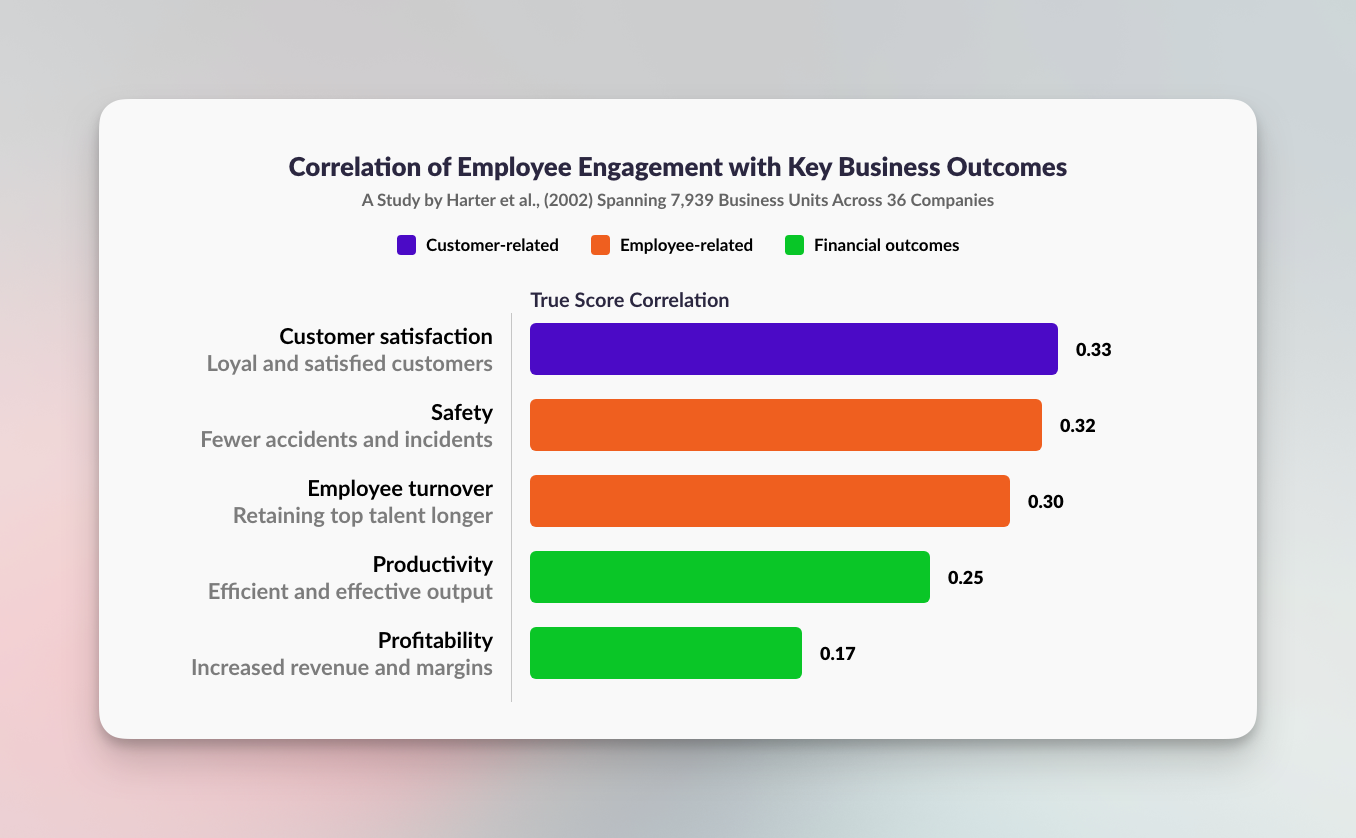Why Regular Assessment of Key Cultural Metrics is Essential for Organizational Success
"Culture eats strategy for breakfast." This famous quote, often attributed to management guru Peter Drucker, underscores the critical role that organizational culture plays in driving business success. Yet, despite the widespread acknowledgment of culture's importance, many companies struggle to make meaningful progress in shaping and improving their culture. The reason? They fail to measure it consistently and effectively.
The Limitations of Annual Engagement Surveys
Today, most organizations rely on annual engagement surveys to gauge the health and well-being of their culture. While these yearly check-ups serve a purpose, they are akin to trying to lose weight but only stepping on the scale once a year. They provide a snapshot in time but do not offer the ongoing feedback and insight needed to drive real change.
Just as regular weigh-ins help individuals stay accountable to their fitness goals, frequent assessments of key cultural metrics enable organizations to track progress, identify trends, and make data-driven decisions. By measuring consistently, companies can gain a deeper understanding of their culture and take proactive steps to shape it in positive ways.
Key Cultural Metrics to Track
So, what should organizations be measuring? Here are a few useful indicators:
- eNPS (Employee Net Promoter Score): This metric gauges employee satisfaction and loyalty by asking employees how likely they are to recommend their company as a place to work.
- Unwanted Turnover Rates: Monitoring how many valued employees are leaving can provide insight into the health of an organization's culture. High turnover rates may indicate underlying issues that need to be addressed.
- Employee Well-Being (WHO-5): The World Health Organization's Well-Being Index (WHO-5) is a simple, validated measure of overall mental health and well-being. By regularly assessing employee well-being, organizations can identify areas of concern and take steps to support their people.
- NPS (Net Promoter Score): While typically used to assess customer loyalty, NPS can also be adapted to evaluate how employees feel about their company's products or services. This can provide valuable insight into employee engagement and alignment with the organization's mission.
The Power of Longitudinal and Relational Data
By collecting data over time, organizations can gain powerful insights into the drivers of employee engagement and retention. Longitudinal data can be used to predict employee turnover and take proactive steps to retain top talent.
Meanwhile, relational and behavioral analytics can uncover hidden high performers who may not be vocal about their achievements but consistently contribute to the company's success and the success of others. By identifying these unsung heroes, organizations can ensure that they are properly recognized and rewarded for their contributions.
The Business Case for Investing in Culture
The impact of employee engagement on business outcomes is undeniable. A meta-analysis by Harter et al. (2002) spanning 7,939 business units across 36 companies found significant correlations between engagement and crucial metrics such as customer satisfaction, productivity, profitability, employee turnover, and safety.

These findings underscore the fact that people and profits are not opposing forces - investing in people pays off. While investing in employee benefits and company activities is easier, engagement is most impacted by culture and its key components: psychological safety, human skills, effective managers, and shared values.
Making Culture a CEO-Level Priority
To truly drive cultural change, measuring organizational culture must become an ongoing process - not a once-a-year event. Employee satisfaction (as measured by eNPS) should be one of the core OKRs for which CEOs are held accountable.
No single metric can capture the essence of culture (just as there's more to fitness than your weight), but making it quantifiable can give it the attention and accountability it deserves. By regularly measuring what matters and taking data-driven actions to improve, organizations can create cultures that engage employees, delight customers, and drive business success.
Happily.ai is an AI-powered toolkit that helps organizations measure and improve their culture. With features like real-time engagement tracking, AI-powered coaching for managers, and predictive analytics, Happily enables companies to take a data-driven approach to culture. To learn more, visit happily.ai.








